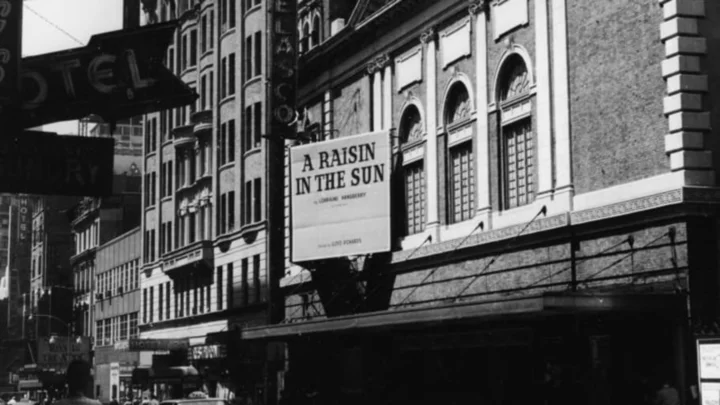During the Jewish festival of Hanukkah, an eight-day celebration of light that takes place every winter, you’ll probably spot people sending a small item twirling atop a table. It’s a dreidel, a spinning top with four sides, each of which is inscribed with a different Hebrew letter. The device is used to play a game that brings together a number of different aspects of Jewish culture.
How to Play Dreidel
The game involves placing a number of items or tokens in the center of a group of people; the items can be anything, but will often include sweets such as chocolate coins known as chocolate gelt, another Hanukkah tradition. Each player then takes a turn spinning the dreidel to see which Hebrew letter it lands on. This determines what they should do next in relation to the number of tokens.
Gimel (All) signifies that the player should take everything in the centre; Nun (None) means they take nothing; Shin (Put in) dictates they should put some more items in the pile; and Hei (Half) instructs them to take half of what is already there [PDF]. A player is out of the game once they’ve lost all their tokens, and the winner is the last person to have any tokens left.
A History of the Hanukkah Dreidel
The game’s instructions are straightforward, but the dreidel’s origins are murky. Popular lore says it evolved as a way for Jewish people to communicate their faith with each other during periods of oppression, such as when Syria was ruled by the Greeks. Back then, Jewish people had to read the Torah in secret. If they feared being caught, they’d hide the Torah scrolls and bring out the dreidel so they could quickly engage in another activity instead of being seen reading their religious text.
It’s also said the four Hebrew letters that play a crucial role in the game reference another important aspect of Jewish history. The acronym they form translates to “a great miracle happened there,” an allusion to the miracle Hanukkah itself marks. The miracle occurred when a small amount of oil needed to rededicate the Temple in Jerusalem following its liberation from Greek rule in the second century BCE ended up lasting eight nights instead of the expected one.
Though children are often taught these allegedly ancient legends of the dreidel, according to the Library of Congress, the toys don’t appear in Jewish records until the 1700s. Historians believe Jewish people adopted the game from Christian people who lived in German-speaking areas of Europe. As the Forward reported in 2015, the dreidel was likely inspired by a similar spinning top that originated in the British Isles and became popular in mainland Europe during the late Roman era. Like the dreidel, these games also featured a four-sided spinning top adorned with letters that stood for variations of the words Take, Half, Put in, and None [PDF].
Despite its unclear (and often mythologized) history, the game has become a symbol of the endurance of Jewish culture throughout times of persecution, and remains a key part of Hanukkah celebrations each year.
This article was originally published on www.mentalfloss.com as The Surprising History of the Hanukkah Dreidel.









